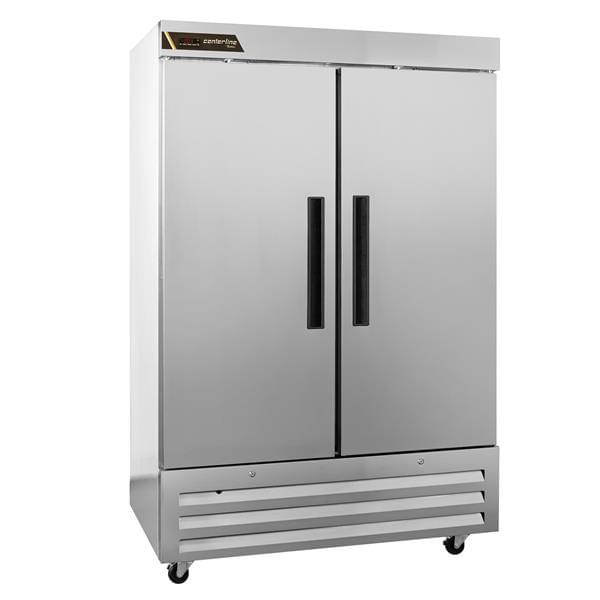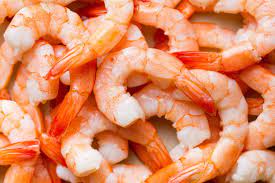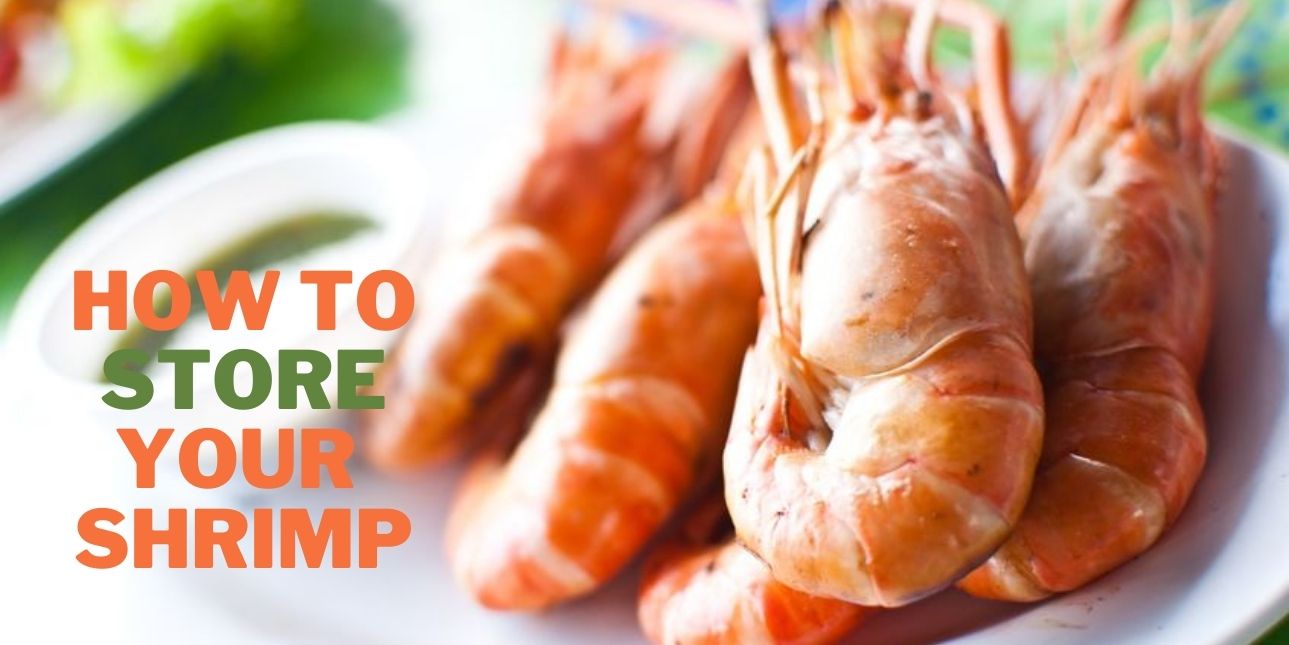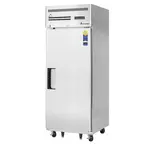Take a moment to imagine: it is opening night at your new seafood-themed restaurant. The place is packed wall to wall with hungry, easily excitable people. All of them are ordering your delightful shrimp appetizers, and you have several orders almost instantly. But as you begin prepping the orders, you find to your horror that all the shrimp you have purchased has been improperly stored and is now completely unusable. Within moments, the serving staff is informed. It is not long before there is outrage in the dining room. Your hungry customers have gone savage due to a lack of shrimp. Your business could end before it even begins.
Hopefully, this never happens to you! But you should know how to safely store shrimp anyway.
Whether you are at a seafood restaurant, an elegant party, or just hungry at home, you may find yourself with a surplus of shrimp, unsure how to make it all last. Fear not, for the answers are all here.
Can you Freeze Shrimp?
Yes, you can freeze shrimp. Both cooked and uncooked shrimp can be stored inside a freezer for a few months at a time. Shrimp can also be refrigerated if it is not going into the freezer, though it should be used within a few days.

What Is the Optimal Shrimp Storage?
Safely storing shrimp starts with checking to make sure your shrimp is in good condition to begin with. Firmness is a good sign for fresh shrimp. Black spots, sour smells, and slimy textures are a sign of age. Pre-frozen shrimp will not have these issues if stored properly, though you will lose a bit of freshness. Thoroughly check your shrimp before proceeding. Nobody likes sick shrimp.
Shrimp needs to be washed, drained, and chilled before freezing. A quality fridge will keep cooked shrimp good for up to three days in a sealed bag. It should be noted that freezing it raw will keep the flavor better. A quality fridge will always do better to keep your shrimp well preserved.
How to Freeze Shrimp
1. Always remove the heads before freezing. You can also pull the legs off in advance. But do not remove the rest of the shell.
2. Rinse off your shrimp to keep them clean and wet before putting them on ice.
3. Pack the shrimps tightly together in an appropriately sized container when storing.
4. Pour in brine (two tablespoons of salt per quart of water) until there is about an inch of space left from the top.
5. Cover it, pop it in the freezer and take a load off. You have earned it.
How Long Can You Freeze Shrimp?
The shelf life of shrimp largely depends on how it is being preserved. Shrimp will keep long after its expiration date if carefully stored. Uncooked shrimp will keep its best quality for around three to six months in the freezer, though it will continue to be safe to eat beyond that time. Putting them in the freezer before they’ve spent much time in the refrigerator will keep the quality up for longer. You should make sure the heads are removed but the shells should be kept on. Shrimp should not be kept out at room temperature for longer than two hours as bacteria will begin to grow.
Cooked shrimp will keep for around four months in the freezer and up to four days in the fridge. After being thawed, shrimp will survive for another one or two days before cooking. Depending on the method of thawing, you may need to cook them immediately!
Always check the quality of your shrimp before cooking, and if you find that your refrigerator can not maintain a consistent temperature, it would be wise to not risk it. If your shrimp smells off, trust your instincts.

How to Thaw Frozen Shrimp
Both cooked and uncooked frozen shrimp should be thawed in the fridge a day in advance. Put them in a bowl or colander in the fridge for an overnight thaw to get them ready. If you simply cannot wait a full day, cold water will speed things up for you. Fully submerge the bag into a bowl or pot of cold water and you will be ready to cook in 45 minutes. Make sure there is some sort of cover to keep the shrimp under water.
In the event that you don’t think you can wait 45 minutes to cook your delicious shrimp, leaving the bag under running water will cut down on time. However, some people have had concerns regarding the quality and safety of the shrimp when forcing a thaw. The flavor and texture of the shrimp may be altered, but this is not everyone’s experience, so proceed with caution.
The best and quickest method will be to take your prepped, frozen shrimp and dump all of them into a bowl for a quick soak. This can get them ready in 10 to 20 minutes, depending on your shrimp. Too much water could affect the taste and texture, so just keep an eye out and allow them to soak. When your shrimp are translucent and you do not feel any ice, they are ready to cook.
Remember: do NOT use warm water when thawing as it will change the texture of your shrimp for the worst. Not to mention it could invite some nasty bacteria into your food. The danger zone is between 40 degrees and 140 degrees Fahrenheit; bacteria will grow and spread rapidly while your food is in this temperature range. Nobody likes icky shrimp, so be diligent.
Notes of Importance
1. Make sure your shrimp is of quality when you buy it, when you freeze it, and when you cook it.
2. You can freeze and refrigerate shrimp but be wary of the time you have. Read the times listed on the bag.
3. Shrimp should be refrigerated for up to three days unless immediately frozen.
4. Scrub your shrimp in the sink until it is squeaky clean.
5. Remove the heads and keep the shells. Pack together closely in a container and fill with brine. Toss them all in the freezer for as long as you need to before cooking.
6. Thaw shrimp with cold water or overnight. Do not thaw with warm water. Finish preparing your other ingredients while your shrimp thaws.
7. Break out the cocktail sauce and enjoy.
Congratulations! After a few simple lessons, you have mastered the art of freezing and thawing shrimp. Thanks to your diligence and training, your many customers have received their orders, and their thirst for blood has been satiated. Everyone gets to go home to their families happy! Your knowledge of shrimp will dazzle customers and friends alike.
As with all things, good shrimp takes time, patience, and a fridge that you can trust. If you follow these directions, your shrimp will be in very good hands.

















